Márton Véges
Absolute Human Pose Estimation with Depth Prediction Network
Apr 11, 2019

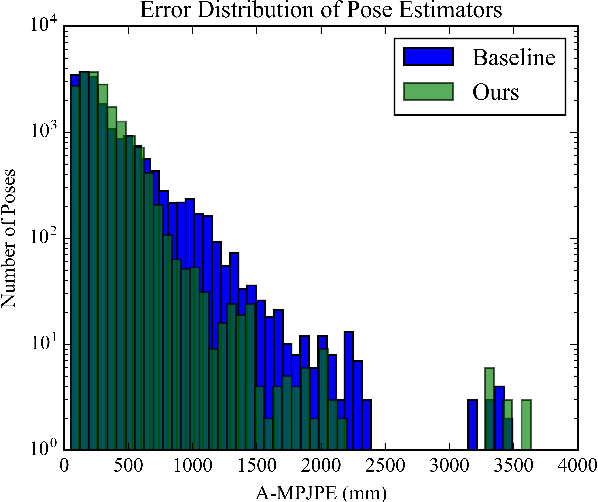
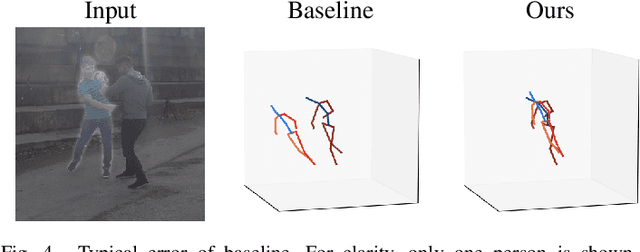
Abstract:The common approach to 3D human pose estimation is predicting the body joint coordinates relative to the hip. This works well for a single person but is insufficient in the case of multiple interacting people. Methods predicting absolute coordinates first estimate a root-relative pose then calculate the translation via a secondary optimization task. We propose a neural network that predicts joints in a camera centered coordinate system instead of a root-relative one. Unlike previous methods, our network works in a single step without any post-processing. Our network beats previous methods on the MuPoTS-3D dataset and achieves state-of-the-art results.
3D Human Pose Estimation with Siamese Equivariant Embedding
Sep 19, 2018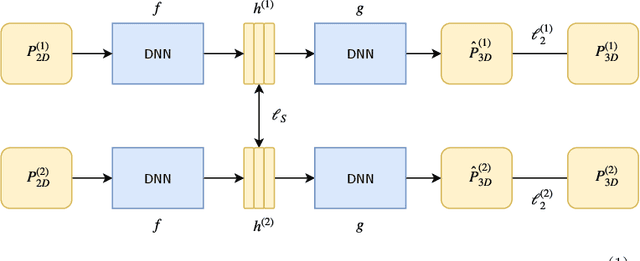
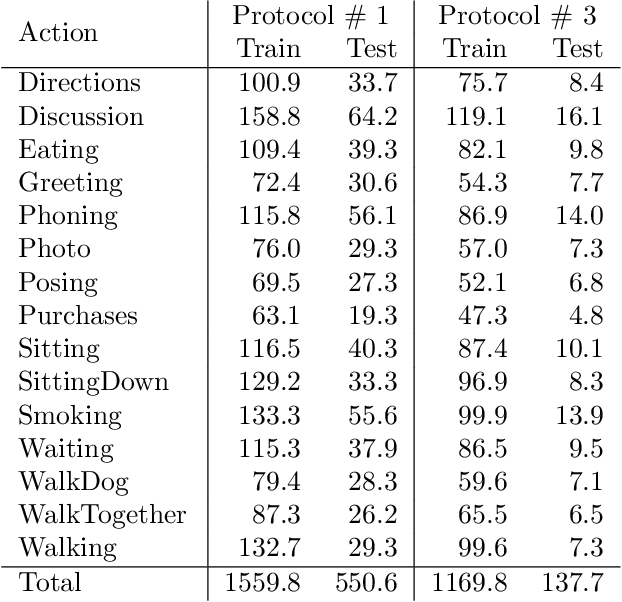

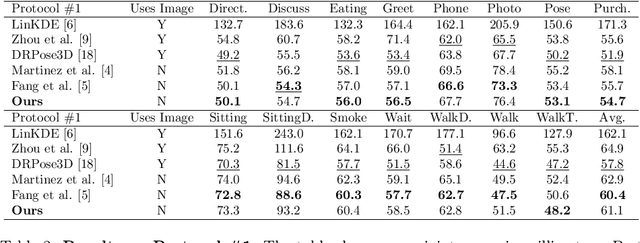
Abstract:In monocular 3D human pose estimation a common setup is to first detect 2D positions and then lift the detection into 3D coordinates. Many algorithms suffer from overfitting to camera positions in the training set. We propose a siamese architecture that learns a rotation equivariant hidden representation to reduce the need for data augmentation. Our method is evaluated on multiple databases with different base networks and shows a consistent improvement of error metrics. It achieves state-of-the-art cross-camera error rate among algorithms that use estimated 2D joint coordinates only.
 Add to Chrome
Add to Chrome Add to Firefox
Add to Firefox Add to Edge
Add to Edge